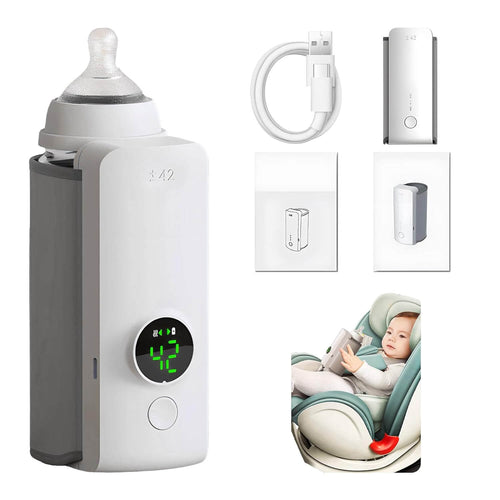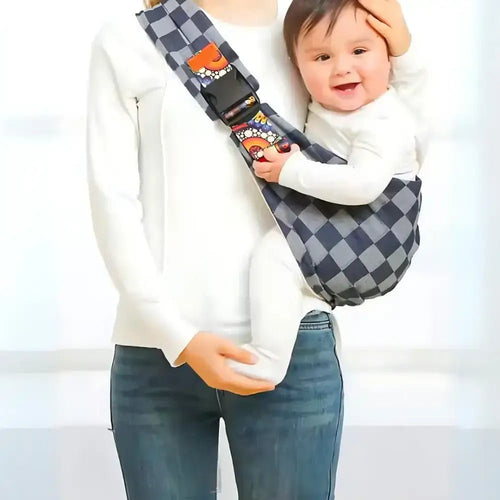
Nipple Shields: When to Use, Sizes & Weaning Guide
Nipple shields can sometimes help with early latch challenges—but they are not a first-line solution. This guide explains when short-term use may be considered with IBCLC support, how to size (in mm), how to use a shield safely, how to monitor milk transfer and weight gain, and practical steps to wean off the shield.
What is a nipple shield?
A nipple shield is a thin, flexible silicone cover placed over the nipple during breastfeeding. By changing the shape and texture at the latch point, some babies—especially in the very early weeks—may latch more easily. Shields are widely available over the counter, which can make them seem like a quick fix; however, expert bodies recommend cautious, short-term, supervised use only.
When (and when not) to use

Consider short-term use with IBCLC guidance in specific situations such as: premature or late-preterm infants practicing latch, temporary latch difficulty on flat/inverted nipples, or when protecting healing nipples while the underlying latch issue is being corrected. Always pair shield use with a plan to improve latch and transition off the shield.
Why caution? High-quality evidence for shields is limited, and some research shows reduced milk transfer when a shield is used. Major organizations note that routine, unsupervised use is not supported; if used, it should be part of a short-term plan under lactation supervision.
- Priority: Identify and treat the root cause (latch/positioning, oral tension, engorgement management) with an IBCLC or qualified clinician.
- Short-term tool: Use the smallest effective size, ensure deep latch to breast + shield, and monitor diapers/weight closely.
- Exit plan: Start gentle weaning strategies as soon as latch improves.
Educational only; not medical advice. If baby is sleepy at the breast, not having adequate wet/dirty diapers, or not gaining weight as expected, contact your pediatric clinician/IBCLC promptly.
Sizing in millimeters (mm)
Shields are sized by nipple diameter in millimeters (not areola). Measure across the base of the nipple (exclude areola). Brands offer size ranges; common options are 16, 20, and 24 mm, often labeled S/M/L.
| Measured nipple diameter | Typical shield size | Notes |
|---|---|---|
| ≤ 12 mm | Small (e.g., 16 mm) | Consider S if very small nipples; confirm fit with IBCLC. |
| 13–16 mm | Medium (e.g., 20 mm) | Common starting range for many parents. |
| ≥ 17 mm | Large (e.g., 24 mm) | Trial and observe: too large can reduce transfer; too small can cause friction. |
Fit check: Baby should draw breast tissue—not just the tip of the shield—deeply into the mouth. Nipple should move freely in the tunnel without rubbing, and there should be comfortable suction with rhythmic swallowing.
Safe-use checklist & milk transfer monitoring
- Airway & latch: Baby’s face visible, chin off chest, lips flanged; aim for an asymmetrical, deep latch to breast + shield.
- Placement: Moisten the brim if needed so the shield lies smoothly without gaps; ensure centered placement.
- Milk transfer: Listen/observe for swallows; track wet/dirty diapers and weight per clinician guidance. If transfer seems low, reassess size/technique and seek help.
- Duration: Treat the shield as temporary. Re-evaluate frequently with your IBCLC; avoid long-term dependence.
- Hygiene: Wash with hot soapy water after each use; air-dry; replace if torn/warped. Follow brand instructions.
- Pumping back-up: If milk transfer is uncertain, consider pumping after feeds to protect supply—per your clinician’s plan.
How to wean off the shield
- Pick calm moments: Try at the start of a feed when baby is showing early hunger cues or slightly drowsy.
- Warm-up: Begin with the shield, then pause mid-feed, burp, and attempt re-latch without the shield.
- Shaping & support: Hand-express a few drops to evert/soften the nipple-areola; use breast compressions to maintain flow.
- Gradual practice: Remove the shield for one feed/side per day, increasing as tolerated—no battles at the breast.
- Get help: If attempts are frustrating or weight gain slows, pause and work with an IBCLC on latch/position tweaks and oral-motor assessments.
FAQ
Do nipple shields reduce milk supply?
They can reduce milk transfer if size/fit/latch are not optimal. That’s why shields should be short-term, carefully monitored tools with IBCLC guidance—paired with frequent reassessment and a weaning plan.
Are shields safe for premature or late-preterm babies?
Some teams use shields selectively with preterm infants as a bridge to direct breastfeeding. Supervision by your care team is essential, with close monitoring of transfer and weight gain.
How do I choose between 16/20/24 mm?
Measure nipple diameter (mm) and match to the nearest size range (see table above). When between sizes, trial the smaller and larger under IBCLC guidance and keep the one that yields deep latch and reliable swallowing.
When should I stop using a shield?
As soon as latch improves and transfer is reliable without it. Many families transition over days to a few weeks. If weeks pass without progress, seek targeted help.


